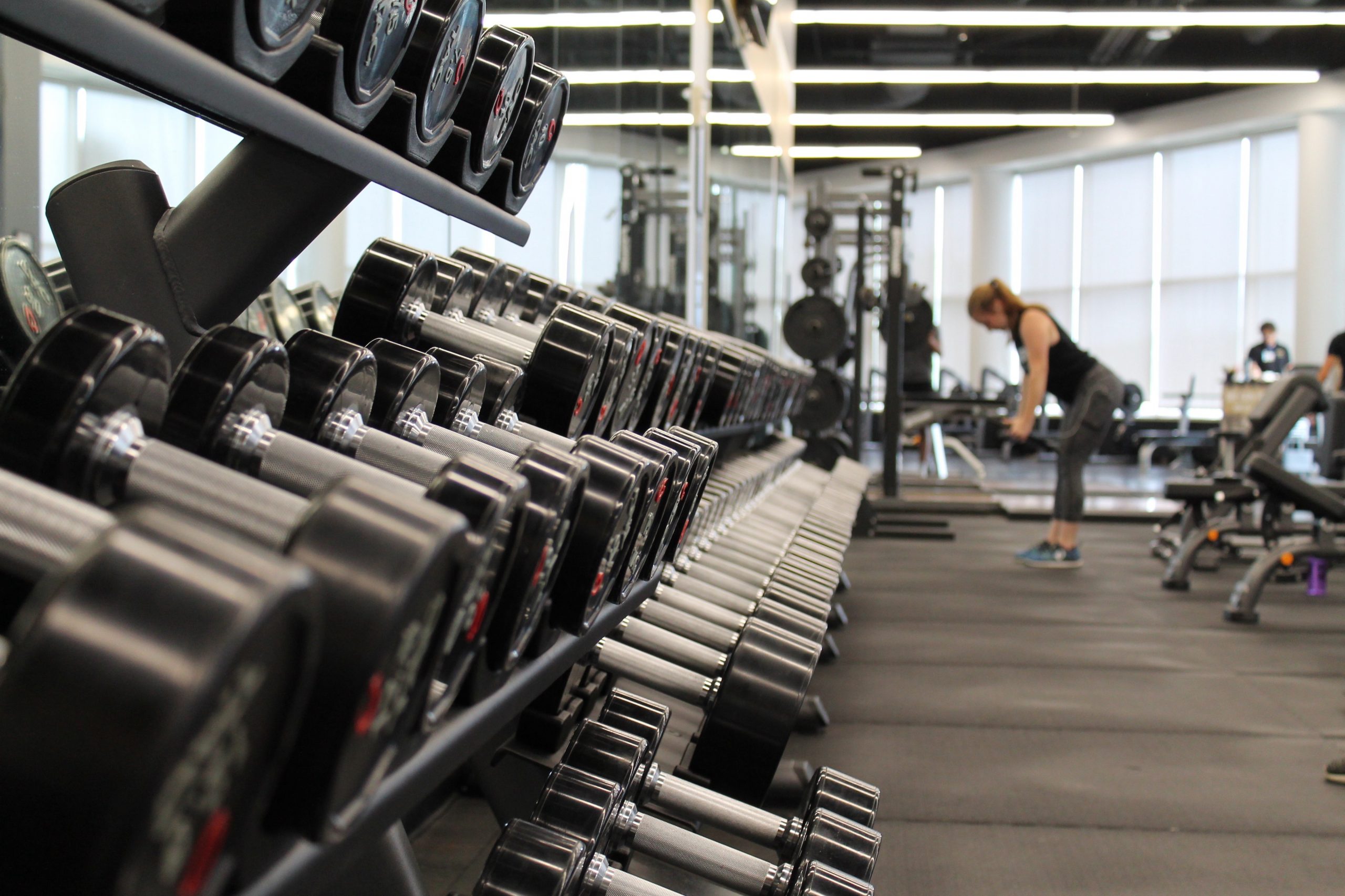What types of cardio are there? How to combine it?
What is it?
aerobic or cardiovascular is that training that is mainly characterized by raising the heart rate in order to improve heart health and lung function.
It involves a large energy expenditure at the time. The number of calories burned during its performance is very high.
To do it, in general terms, we can do it using the legs or arms only, or both at the same time.
The cardio can be done outdoors, or in a gym or fitness room. Some of the machines are: on the treadmill, elliptical, exercise bike, stair climber …
What benefits does it bring?
Cardiovascular exercise has multiple benefits.
- It improves the heart and the circulatory system: when we perform this type of physical activity, the volume of the heartbeat increases, the blood pressure , helps prevent blood vessels and in the long term, slows heart rate.
- At the lung level: the volume of respiration increases so that the lungs act in a more effective because the body needs more oxygen.
- Helps to strengthen muscles , reduce the percentage of body fat and create a large energy expenditure.
Improves blood flow to the brain, reduces heart attack risk.
- In relation to the immune system: increases the number of antibodies, and reduces Insulin.
- Psychologically, it helps reduce stress levels, calm anxiety, and avoid depression.
- It contributes to a greater secretion of serotonin, one of the hormones related to happiness.
Types of cardiovascular exercise.
Cardio Liss.
Liss is the acronym for Low Intensity Steady State Cardio. It is a type of cardio that is performed at a low intensity but constantly.
A heart rate is maintained between 100 to 130 bmp and does not usually involve variations or changes.
It takes more time to carry it out and have a high caloric expenditure. An example of this type of cardio is walking quickly, without noticeably increasing heart rate.
Cardio Miss.
Miss is the acronym for Moderate Intensity Steady State. It is a form of cardiovascular exercise of constant moderate intensity. The heart rate remains in a range of 140 to 160 beats per minute.
An example of a cardio miss is jogging at a constant pace.
The caloric expenditure involved is greater than that of cardio liss.

Cardio Hiit.
Hiit is the acronym for high intensity interval training. The main characteristic of this type of cardio is that it is performed in small intervals of time, in which you work at maximum intensity. There are breaks between series and series.
Sometimes it is confused with high intensity cardio.
An example is: running at maximum speed for 20 seconds and resting another 30 seconds and so on.
The main advantage is the caloric expenditure that it entails in a relatively short period of time. They have a maximum duration, normally between 15 and 20 minutes, which is a benefit in terms of time savings for those who do not have much time and due to their high intensity, the weekly frequency is 2-3 times.
Hiit has become very popular in recent years because it has been shown to be equal to or even more effective in improving performance or losing fat.
In addition, it has a lower impact when it comes to gaining muscle mass and strength.
EPOC effect
The EPOC effect is one of the reasons why Hiit is recommended over Miss or Liss cardio.
Epoc is oxygen consumption after exercise. The hiit further increases this effect. The body demands oxygen not only when exercising, but also afterwards, which entails a higher caloric expenditure.
How to combine cardio with weights.
Cardio at the time of being combined with weight training can be beneficial or no, depending on a series of factors.
If the objective is to define , we will have to create a deficit, through diet. Cardio in this case can be a tool to increase it and accelerate fat loss, but it must be taken into account that in excess it can lead to loss of muscle mass and interfere with recovery.
It is recommended when It is combined with weight training is to do it later, at the end to finish depleting muscle glycogen, since if it is done before, we will not have the same energy or performance when it comes to strength training.
If you do not want to do strength and resistance training on the same day, you can spread out throughout the week so that one does not interfere with the recovery of the other.
In times of volume or muscle mass gain, even if the amount is reduced, it is not advisable to eliminate it completely since cardiovascular health is important throughout the year, and being of a low or moderate intensity it will not have interference.
